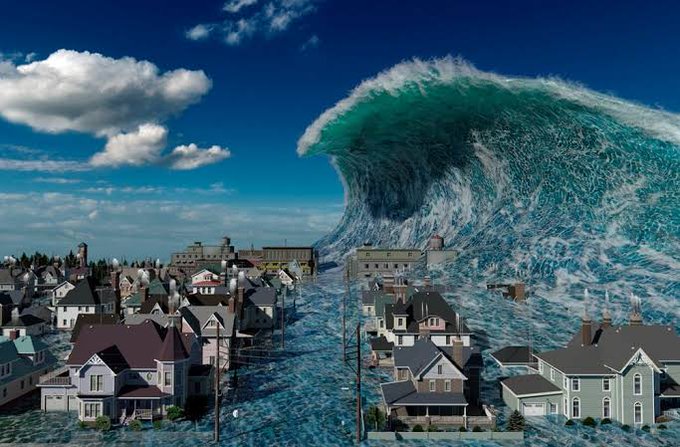For a state that frequently experiences natural disasters, “Florida” and “tsunami” are rarely, if ever, used in the same phrase.
Even though they might not have been aware of it, several Clearwater Beach homeowners found themselves on the scene of a minor one on Wednesday afternoon.
Also Read: Ty Evans’ home run sets Florida single season HR record | Watch video
Experts claim that a minor sort of tsunami called a meteotsunami struck the coastline along the Gulf of Mexico.
Did Florida get a tsunami?
It did, but only in a “tiny” way. Clearwater Beach saw a meteotsunami on June 21, according to Ari Salsalari of the Weather Channel.
The meteorologist explained that the strong squall line, known as a line of thunderstorms, showed it was in a small tsunami.
What is a meteotsunami?
A meteotsunami, also known as a meteorological tsunami or a weather-induced tsunami, is a type of tsunami-like wave generated by atmospheric disturbances rather than seismic activity. Unlike traditional tsunamis that are triggered by undersea earthquakes, meteotsunamis are caused by certain meteorological conditions, such as intense thunderstorms, squalls, or atmospheric pressure disturbances.
Meteotsunamis can occur in various water bodies, including oceans, lakes, and even smaller bodies of water like bays or harbors. They typically exhibit a series of waves with a relatively long period, typically ranging from several minutes to a few hours. The waves can reach heights of several feet or even meters, causing significant coastal flooding, damage to structures, and posing risks to human safety.
Also Read: 7.4 magnitude earthquake strikes Tonga, no Tsunami warning issued
Meteotsunamis are a lesser-known phenomenon compared to seismic tsunamis. While they are not as frequent or as widely recognized, they still pose a threat to coastal regions and require ongoing research, monitoring, and preparedness measures to ensure the safety and well-being of communities living in susceptible areas.







